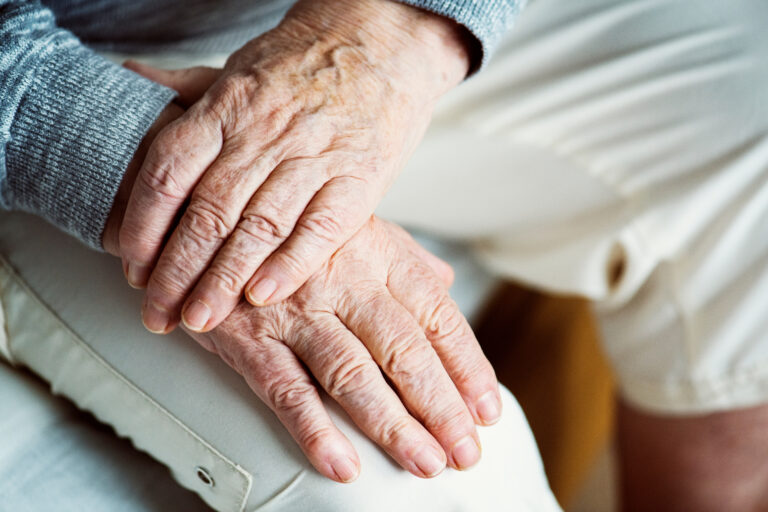Should I stretch before or after running? This is one of the most common questions among runners, from beginners to marathoners. The answer isn’t as simple as “always stretch before” or “always stretch after.” Science, tradition, and personal experience all play a role, and the best approach depends on your goals, your body, and the type of running you do. Let’s break down what the research says, what experts recommend, and how you can make the best choice for your running routine.
## What Does Stretching Actually Do?
Stretching is often thought to prevent injuries, reduce soreness, improve performance, and help with recovery. But what does the evidence actually show?
Most recent, large-scale reviews find that stretching before running does not reduce your risk of injury[3]. It also does not boost your running performance if done right before you start[3]. In fact, holding long static stretches (where you hold a stretch without moving, like touching your toes) before running might slightly reduce your muscle power and speed, at least temporarily[1]. This is because stretching can make your muscles and tendons less stiff, and a bit of stiffness actually helps with running economy—the energy you use to maintain a certain pace[4]. However, the effect is usually small and may not matter for most recreational runners[2].
After your run, stretching does not seem to help much with muscle soreness (often called DOMS, or delayed onset muscle soreness)[1][4][5]. Research consistently shows that stretching after exercise has little to no effect on how sore you feel the next day[1][4][5]. It also does not speed up recovery in a way that’s been proven by science[3][8]. Some people feel better after stretching, but this is likely due to the placebo effect or personal preference, not a measurable physiological change[1].
## Types of Stretching
Not all stretching is the same. Here are the main types you might encounter:
– **Static stretching**: Holding a stretch in one position for 15–60 seconds. This is what most people picture when they think of stretching.
– **Dynamic stretching**: Moving your muscles and joints through their full range of motion in a controlled way, like leg swings or walking lunges.
– **PNF stretching**: A more advanced technique that involves contracting and relaxing muscles to increase flexibility.
For runners, dynamic stretching is generally recommended as part of a warm-up, while static stretching is better saved for after your run or on rest days[6]. Static stretching before running is not advised because your muscles are cold, which can increase the risk of injury[6].
## What Do Experts Recommend?
Major organizations like the American College of Sports Medicine (ACSM) used to consider flexibility a key part of fitness, but now acknowledge that the health benefits of stretching are unclear, especially when it comes to injury prevention[3]. They do recommend stretching major muscle groups at least twice a week to maintain flexibility and mobility, but this doesn’t have to be right before or after running[6].
Physical therapists often suggest that if you enjoy stretching after a run, it’s fine to do so gently, as part of your cool-down[7]. The key is to listen to your body and avoid pushing into pain.
## Does Stretching Help With Flexibility?
Stretching can improve your flexibility over time, especially if you do it regularly[6]. But for running, you don’t need to be as flexible as a gymnast or dancer[4]. You just need enough range of motion to move efficiently. In fact, some stiffness in your tendons can actually help you run more economically, because stiffer tendons store and release energy better with each stride[4].
If you have specific mobility issues or tightness that affects your running form, targeted stretching might help. For example, better hip mobility can lead to smoother running mechanics[2]. But for most runners, general stretching routines are not necessary for performance or injury prevention.
## Personal Experience vs. Science
Many runners swear by their stretching routines, believing it helps them feel better or recover faster. Science doesn’t strongly support these claims, but that doesn’t mean stretching is worthless[1][3]. If stretching feels good and is part of your routine, there’s no harm in continuing—as long as you’re not forcing it or causing pain.
The gap between what science shows and what many runners believe highlights an important point: tradition and personal experience often outweigh evidence when it comes to stretching[1]. This is common in sports, where habits are hard to break even when the science changes.
## Practical Tips for Runners
– **Warm up with dynamic movements**: Before your run, do exercises like leg swings, high knees, or walking lunges to get your blood flowing and muscles ready[6].
– **Save static stretching for after your run or rest days**: If you like to stretch, do it when your muscles are warm, not cold[6].
– **Don’t rely on stretching to prevent soreness or injury**: Focus on gradual training increases, good nutrition, and proper recovery instead[1][3][4].
– **Stretch if it feels good**: If stretching helps you relax or feels like part of your routine, keep doing it—just don’t expect miracles[1][3].
– **Listen to your body**: If a stretch hurts, stop. Stretching should never cause sharp pain[6].
## The Bottom Line
Stretching before running does not prevent injuries or improve performance, and may slightly reduce power if done right before you start[1][3]. Stretching after running does not reduce muscle soreness or speed up recovery, according to most studies[1][4][5]. However, regular stretching can help maintain flexibility and mobility over time, which is important for overall health[6].
The best approach is to warm up with dynamic movements before your run, and save static stretching for after your run or on rest days if you enjoy it[6]. Pay attention to your body, and adjust your routine based on what feels right for you. Science can guide you, but your personal experience matters too.
If you have specific medical concerns or injuries, talk to a healthcare provider or physical therapist for personalized advice[6].
[1] [2] [3] [4] [5] [6] [7] [8]





